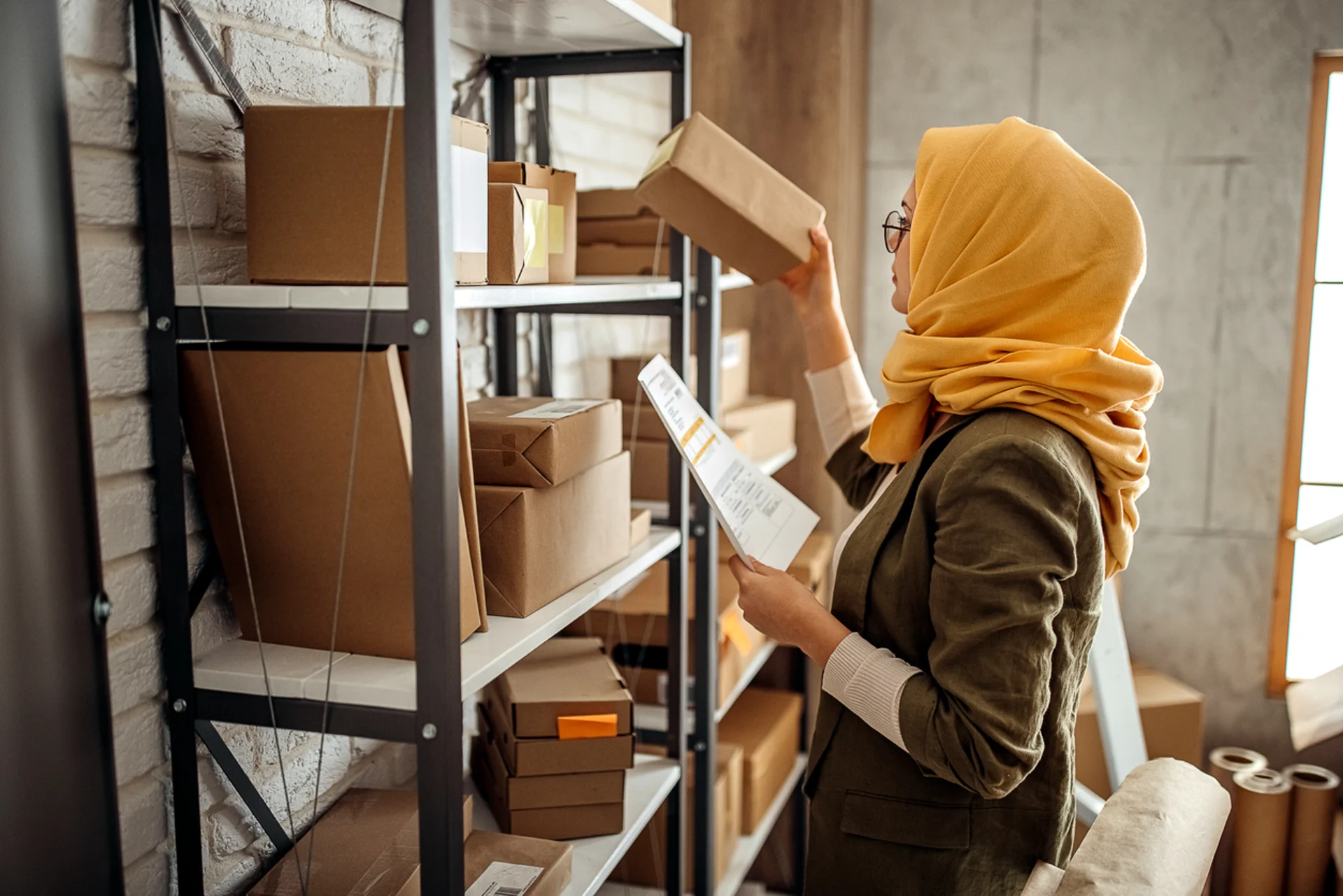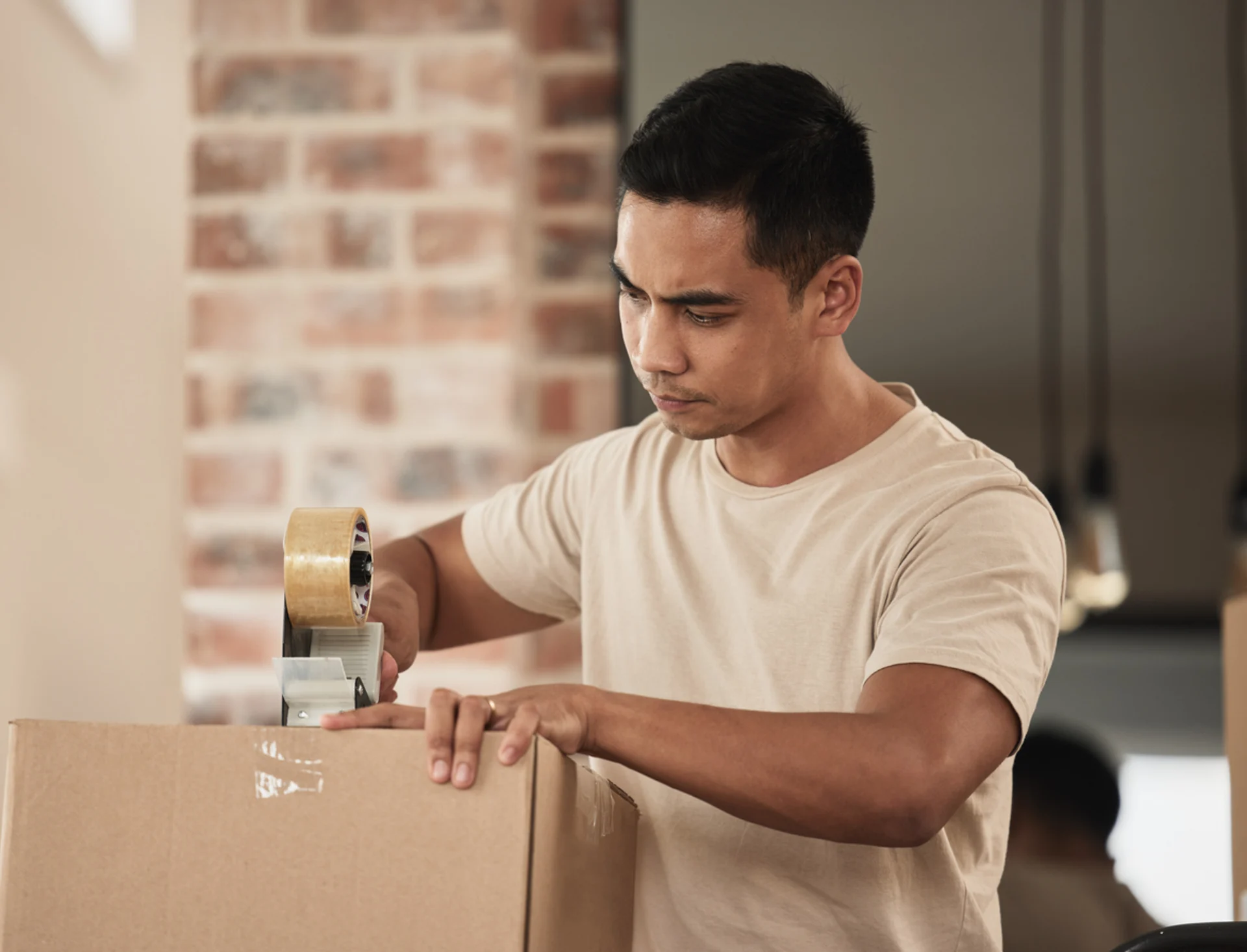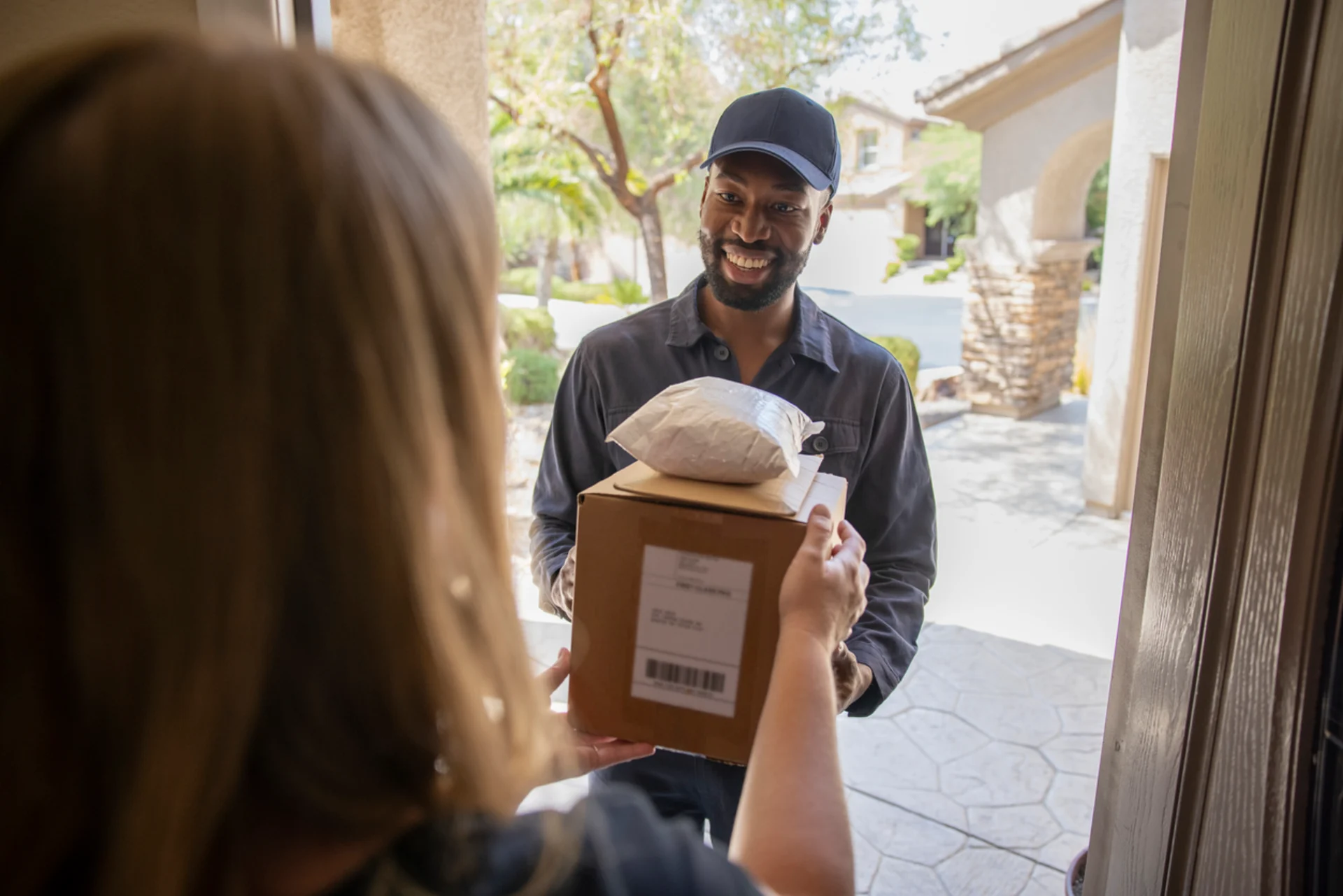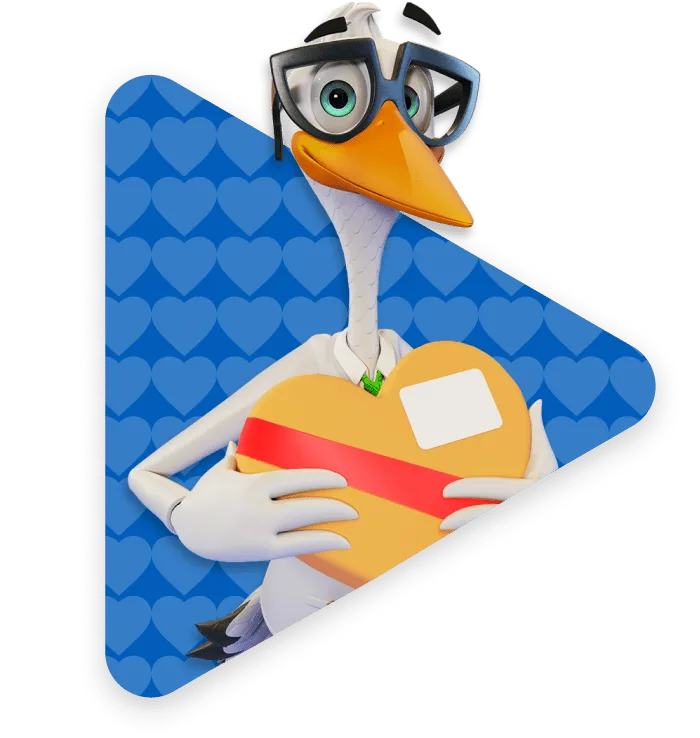
Parcel Delivery for Fragile Items
01 February 2023 | Editor's Pick | News | Packaging Guides | Business | Parcel Deliveries | Tips and Guides
Author: Parcel2Go.com
Send a Fragile Package Safely

Before you pack your items, check that what you are sending is not on the prohibited or restricted items list. Some couriers are not allowed to send certain items and other ‘high risk’ items may not be eligible for protection cover, so it's always best to check.
Once you know you're in the clear, follow the 5 easy steps below and then book your parcel from £2.39 with our quick quote tool.
Step 1: Pick the right box
Choosing the right box for the job can make all the difference when it comes to protecting your items. There a few things we suggest you follow when choosing the right box:
Use a brand new box – used boxes always carry the risk of giving way and increasing the chances of damage
The box should be rigid and strong – double-wall corrugated boxes are perfect for heavier items and are less likely to give way or dent
Choose a suitable size – ideally this is big enough to hold you item(s) with enough room for packaging materials, but not so big that your item(s) can freely move around. You want to allow 2 inches (around 5 cm) on all sides for extra padding
Step 2: Pack it up

Once you’ve chosen a new, sturdy box, it’s time to get packaging that will add maximum protection. Packaging isn’t as straightforward as just throwing in a load of polystyrene and different package will be suitable for different items.
All fragile items:
Use:

Kraft paper – if you have items with an opening or hole, crumple up some Kraft paper and fill in the empty space
Bubble wrap – wrap items individually in small bubble wrap, you can then bunch them together using large bubble wrap – this will stop items from colliding
Corrugated liners – used to boost the structural integrity of the box
Styrofoam wedges – these are especially important to use on large, flat items with corners
Avoid:

Air bags – anything with sharp corners can potentially pop the air bags and render them useless. They take up a lot of space and offer minimal protection compared to other packaging options
Polystyrene ‘peanuts’ – they don’t offer much protection for flat items that could slide between them
Newspaper – is fairly weak so won’t add much in the way of protection. The print can often run and transfer onto items, especially if the box gets wet, resulting in ruined items
Take care not to overfill the box when adding in packaging as overfilling the box can result in it bursting or crushing the items. The same goes when taping items together - over using tape could add too much tension and also makes it difficult to unpack, meaning the recipient could accidentally break the item when trying to open it.
Step 3: Seal it

Properly sealing your box is key to keeping it stable and in turn keeping the contents inside safe. You’d be forgiven for thinking a bit of cellotape along the opening would do the trick, but there’s a little more to it than that. We suggest that you use any of the following tapes:
Pressure-sensitive plastic (the most popular option)
Nylon-reinforced filament tape
Vinyl tape
Whichever tape you decide to use, it should be at least 2 inches (5cm) wide – this will ensure there is enough tape surface area to prevent the box flaps from slipping open. You also want to make sure you seal all openings of the box for maximum protection.
Step 4: Label it

The first thing you want to do is remove any old labels if you are reusing an old box, as couriers use scanners to read labels so you want to make sure they are clearly visible and well secured without obstruction from old labels.
The next thing to get right is the address label you’ll be adding to your parcel. If you’re sending a parcel internationally, be sure that you’ve addressed your parcel in accordance with the labelling format of that country, and the country name must be written on the last line of the address.
Labels should not be placed across a seam or a closure, in case the package needs to be opened for any reason. For example, if you are shipping overseas, customs might need to check the contents.
This would also be a good time to label your box ‘FRAGILE’, which won’t necessarily prevent your shipment from being accidentally dropped, knocked or damaged, but it will encourage the courier to handle with care.
Remember that no amount of labelling is a substitute for good, sturdy packaging, so nail the boxing and packaging before you even think about labelling you parcel.
Step 5: Send it
Now that you’ve carefully packaged and labelled your fragile item(s), all that’s left to do is send it. Knowing that your items are properly secured takes stress out of the delivery, allowing you to put your feet up and rest easy.
Booking with Parcel2Go give you access to the UK's most reliable couriers at the lowest possible price, you can choose whether to drop your items off at your local drop-shop or have a courier collect them straight from your door. With free tracking on almost all of our services, you can also stay up to date on your items whereabouts.
Get 20% off – for you and a friend
Know someone who’s always sending parcels? Whether they run a small business or just send the odd package, give them 20% off their first parcel. Once they’ve sent it, you’ll get 20% off too. Simple.
Start referring today!